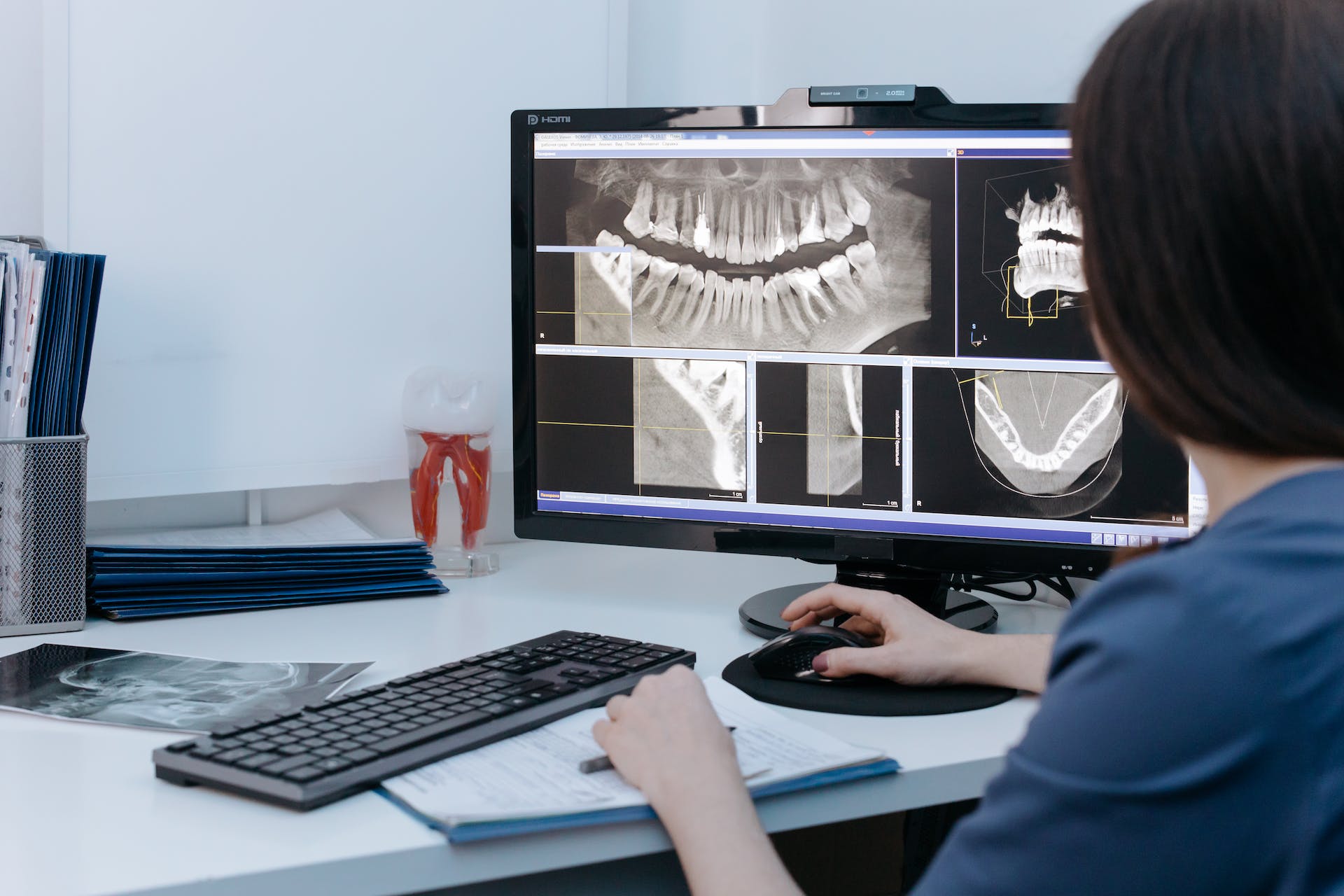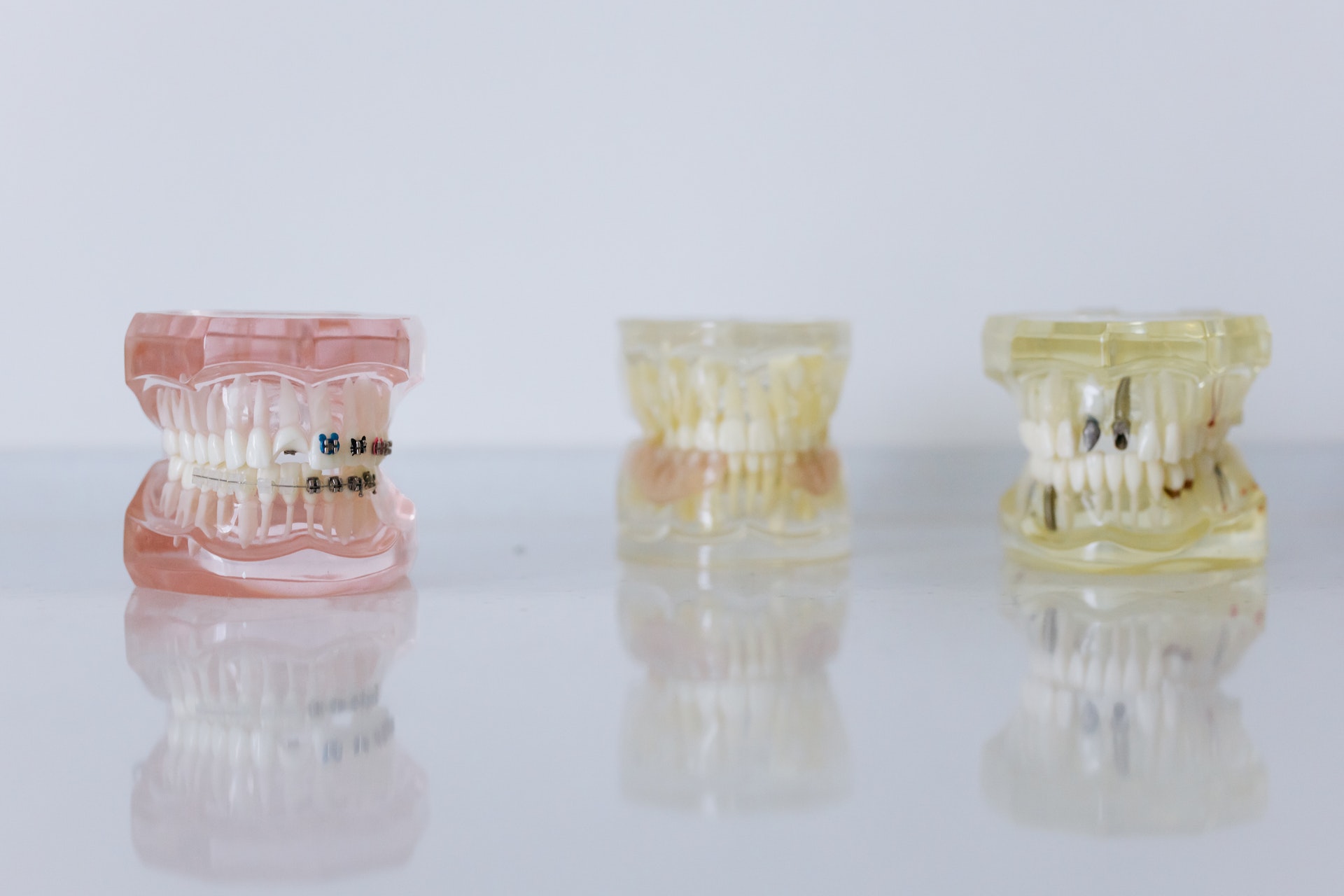Orthodontic treatment is a personal expedition. This journey reshapes more than just the alignment of teeth—it subtly refines the fundamental aspects of human expression: how one speaks, eats, and, most importantly, how one smiles. In essence, it’s a transformative process that molds a person’s oral aesthetics and enhances their interaction with the world, impacting their confidence and the way they perceive themselves.
Initial Reflections: Understanding the Orthodontic Landscape
How Long Do Braces Take to Work? The journey begins with a thorough exploration, termed the ‘zero phase.’ This preliminary stage is not merely about dental assessments; it’s a period of discovery where patients and orthodontists build a shared understanding of the goals and possibilities. Key activities during this phase include:
- Panoramic X-rays act as the window into the unseen parts of the jaw, revealing hidden problems like root positions and potential infections setting the stage for precise interventions.
- Photographic Documentation: By capturing the initial state of the teeth and jaws from various angles, these photos serve as a baseline for future comparisons, illustrating the changes as they unfold.
- Study Models: Much like an architect’s models, these replicas provide a tangible reference for what needs to be corrected, helping both the patient and the orthodontist visualize the end goal.
The Journey Through Active Treatment
Following the initial phase, the active treatment begins, which can be considered the main voyage. Each step of orthodontic treatment in this process is carefully planned and executed, similar to navigating through a complex landscape.
Alignment and Leveling
This phase addresses the foundation—ensuring teeth are aligned and level. This involves gentle yet persistent adjustments, akin to steering a ship through calm waters, making sure every turn aligns with the planned course.
Correcting the Bite and Molar Relationships
As the journey progresses, more complex adjustments are made. The bite correction phase is akin to navigating more challenging terrains, requiring strategic use of tools like elastics or bands to ensure that the bite surfaces meet correctly, optimizing both function and appearance.
Closing Spaces
Imagine drawing the scattered pieces of a puzzle closer together. This step focuses on eliminating gaps, ensuring each tooth is perfectly positioned to support its neighbors, and enhancing strength and harmony in the dental arch.
The Finishing Touches: The Art of Perfection
The orthodontist’s role transitions from a medical professional to an artisan in the concluding steps of orthodontic treatment. This is the phase where precision meets beauty. Each adjustment, no matter how minuscule, is executed to optimize both the functionality and visual appeal of the teeth. It’s akin to an artist adding the final brush strokes to a painting, where each slight touch can transform the overall effect. The goal here is to ensure that every tooth is in the right place and working in harmony with the whole mouth.
But beyond the technical, this phase is deeply personal. It’s the part of the journey where patients see their patience and endurance come to fruition. Each visit offers a glimpse of their transformed smile, drawing closer to their envisioned ideal. It’s an intimate dance between patient and practitioner, full of adjustments and expectations, culminating in a functional and beautiful creation.
The Final Stages: Removal and Retention
The step of orthodontic treatment, where the braces are removed, is like the grand unveiling in an art gallery, revealing the transformed smile gradually sculpted over time. Yet, the climax is not the end of the story. The retention phase follows, critical and foundational, serving as the anchor that preserves the integrity of this new dental arrangement. Retainers are the unsung heroes here, the guardians that ensure the teeth maintain their new positions against the natural tendency to revert.
This phase is less about the dramatic changes and more about vigilance and maintenance. It requires a commitment to wearing retainers as prescribed, similar to how one might care for a fine art piece long after it has been created. Much like a museum curator meticulously surveys the condition of artworks, ensuring their preservation against time, so does the orthodontist with follow-up visits. These appointments are not mere formalities but are vital for confirming the stability and enduring beauty of the orthodontic achievements. This stage acts as the linchpin for the long-term success of the treatment, ensuring that each patient’s smile retains its perfection, unaltered from the moment the braces are removed. It’s about protecting the investment of time, discomfort, and finance that each patient has made in their smile, securing a lifelong return on a profound personal journey.
Continuous Engagement and Tailored Care
At Definitive Dental, we recognize that orthodontic treatment transcends conventional medical intervention; it is an intricate, personalized journey that varies extensively from one individual to another. Each step of orthodontic treatment in a patient’s journey is unique—a tapestry woven from their aspirations, physiological idiosyncrasies, and aesthetic desires. Thus, our approach is not uniform but bespoke, sculpted to align with each patient’s distinct oral landscape and personal objectives.
Engaging in this transformative process necessitates a dynamic partnership characterized by continuous, open dialogue. Consider us less as your orthodontists and more as co-navigators in your journey toward transformation. Regular interactions do not serve merely as procedural checkpoints; rather, they are pivotal moments of recalibration, ensuring that the trajectory of your treatment aligns seamlessly with your goals. Our consultations are opportunities to weave your feedback, concerns, and aspirations into your ongoing treatment strategy.
Initiating Your Journey
Should you contemplate embarking on this path towards enhanced dental aesthetics and health, view it as an invitation to partner with Definitive Dental. We are your hometown Grand Prairie dentist. Let us navigate this rewarding path together. Contact us today, and let’s explore how your new smile can reshape your world.





























